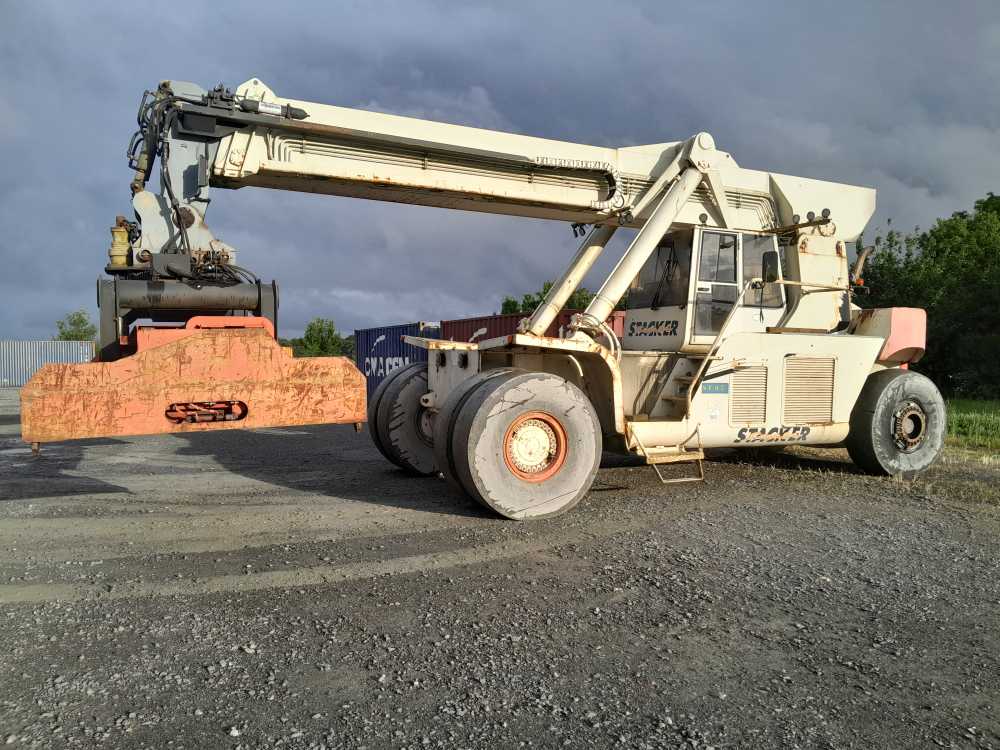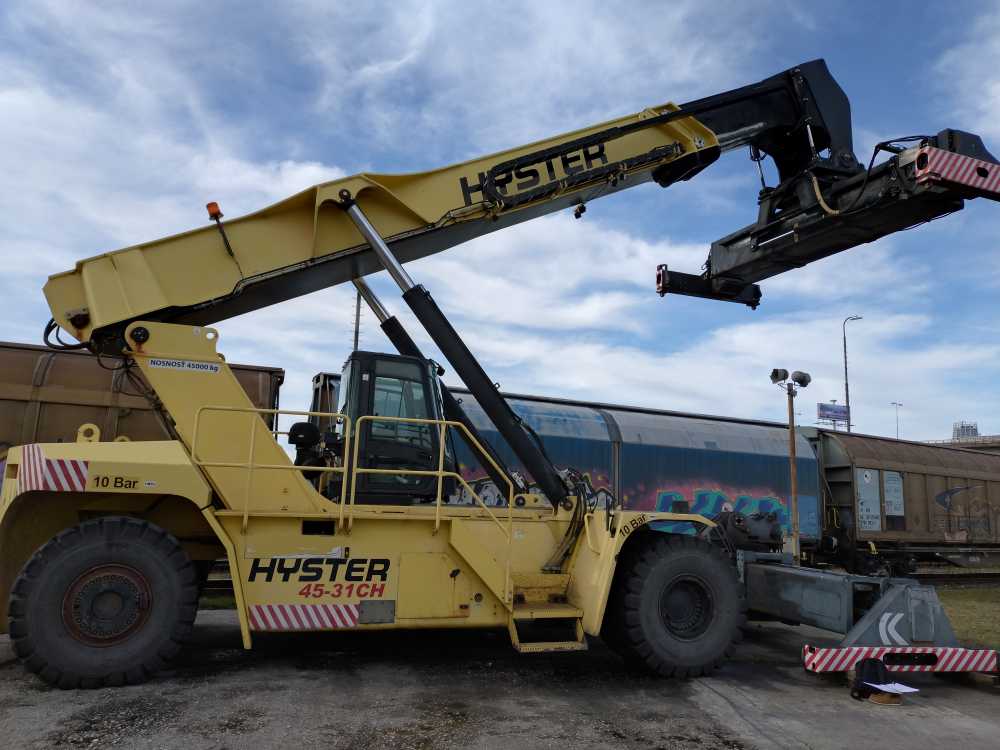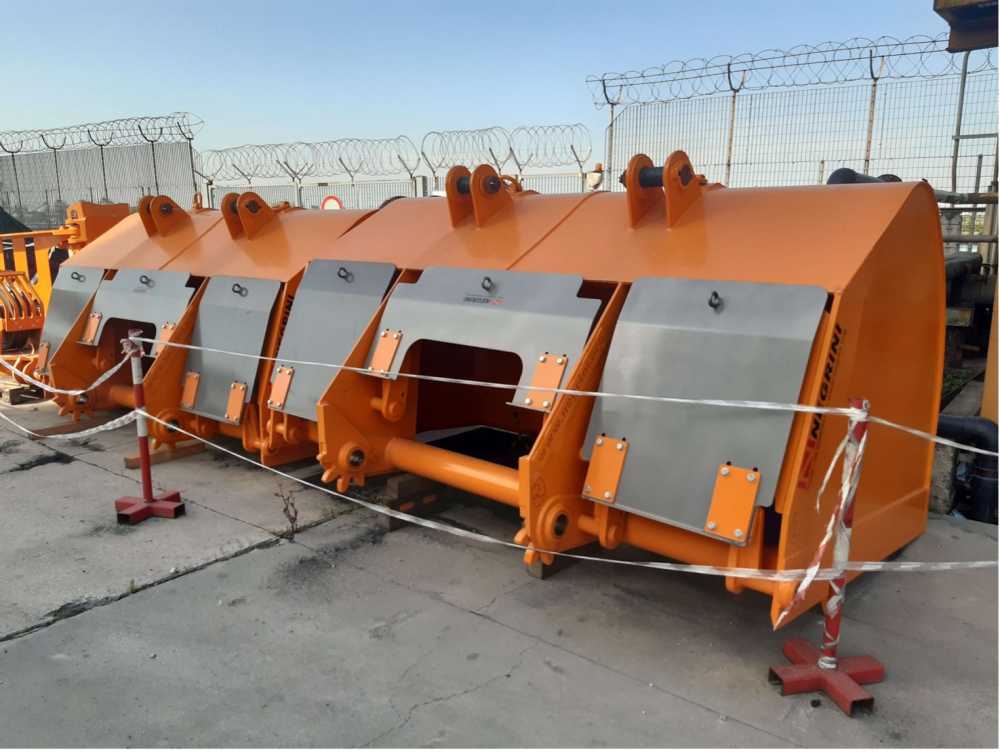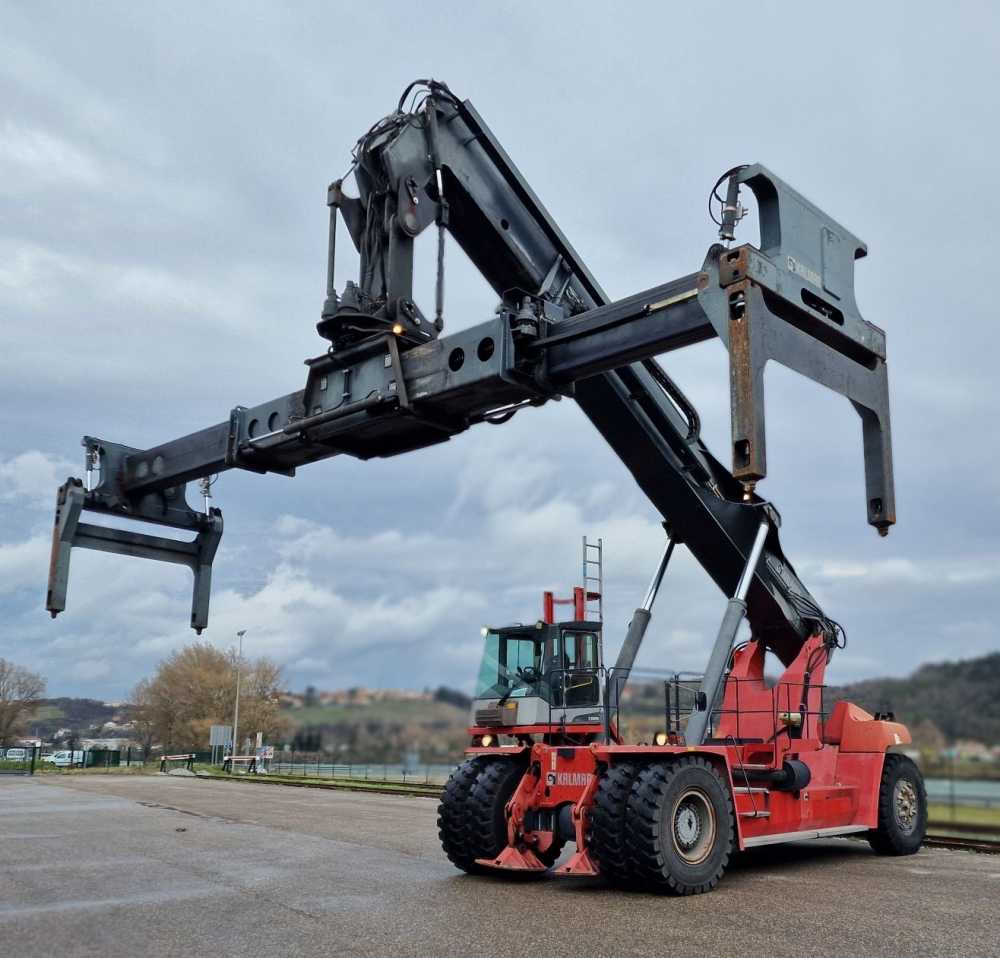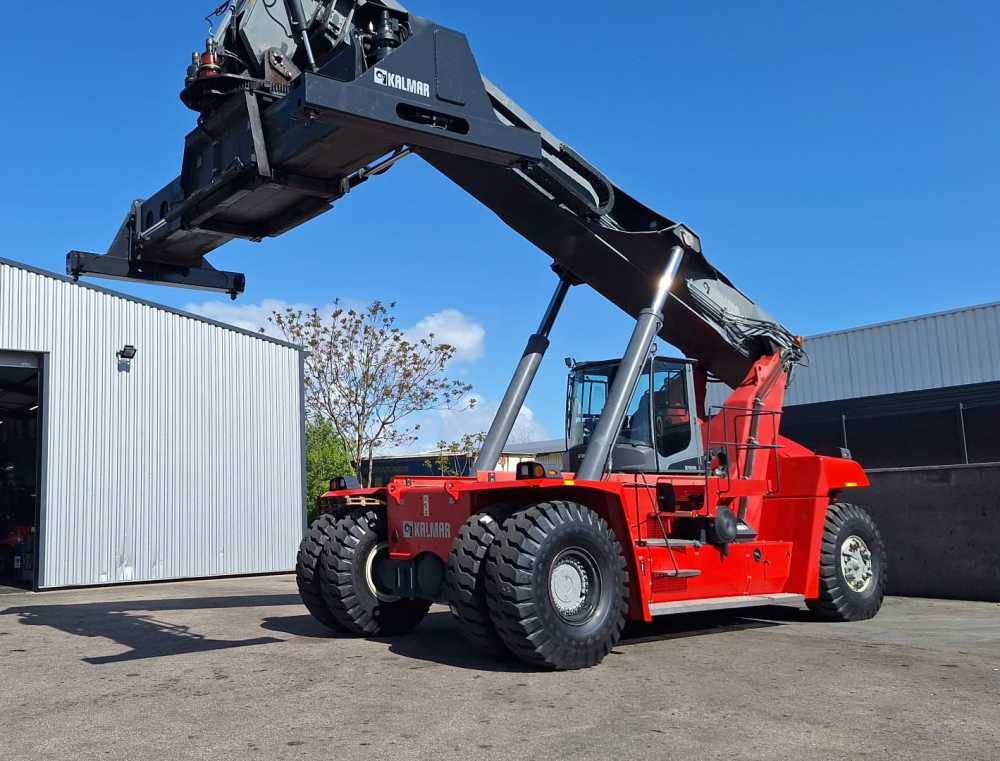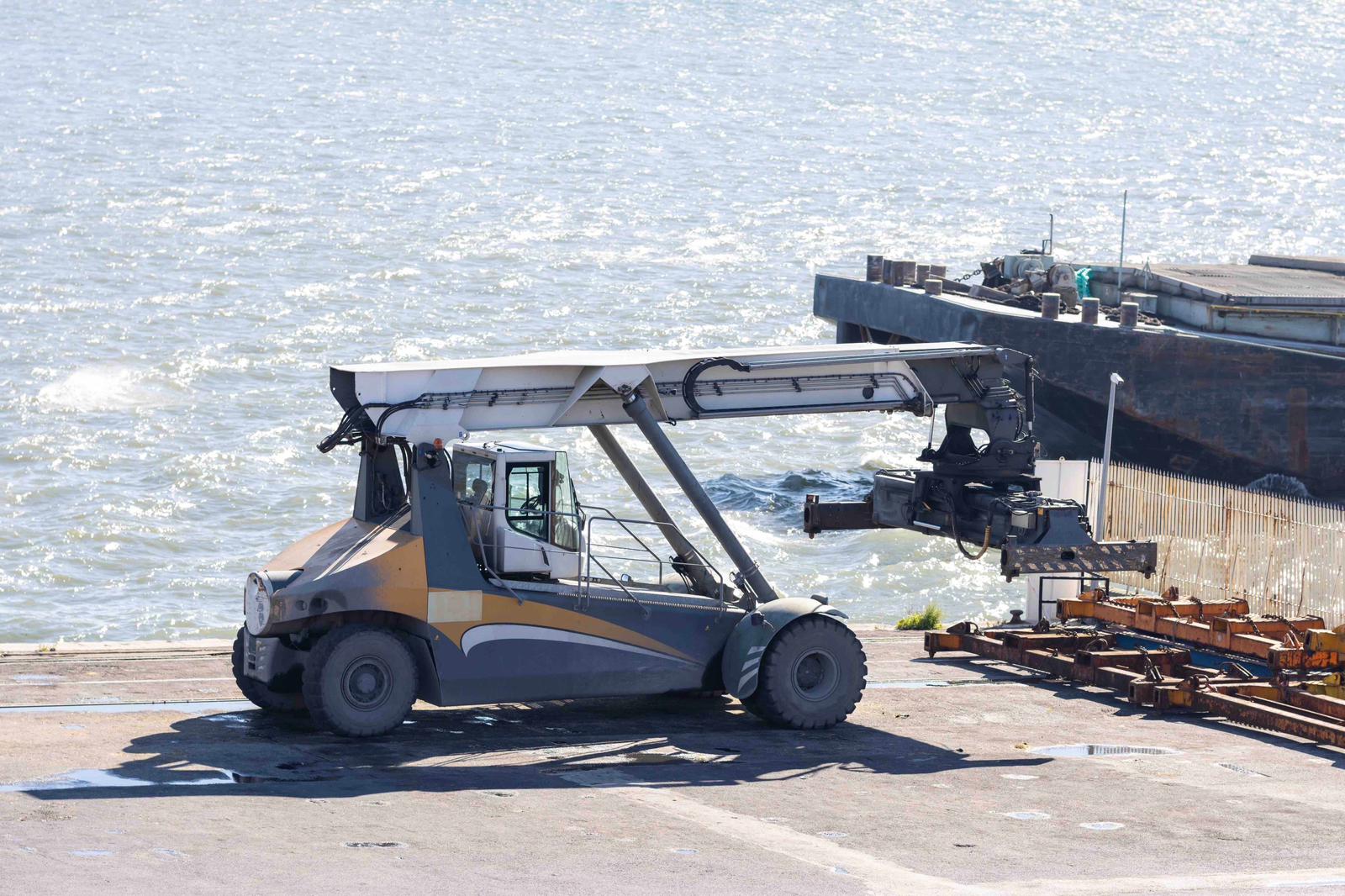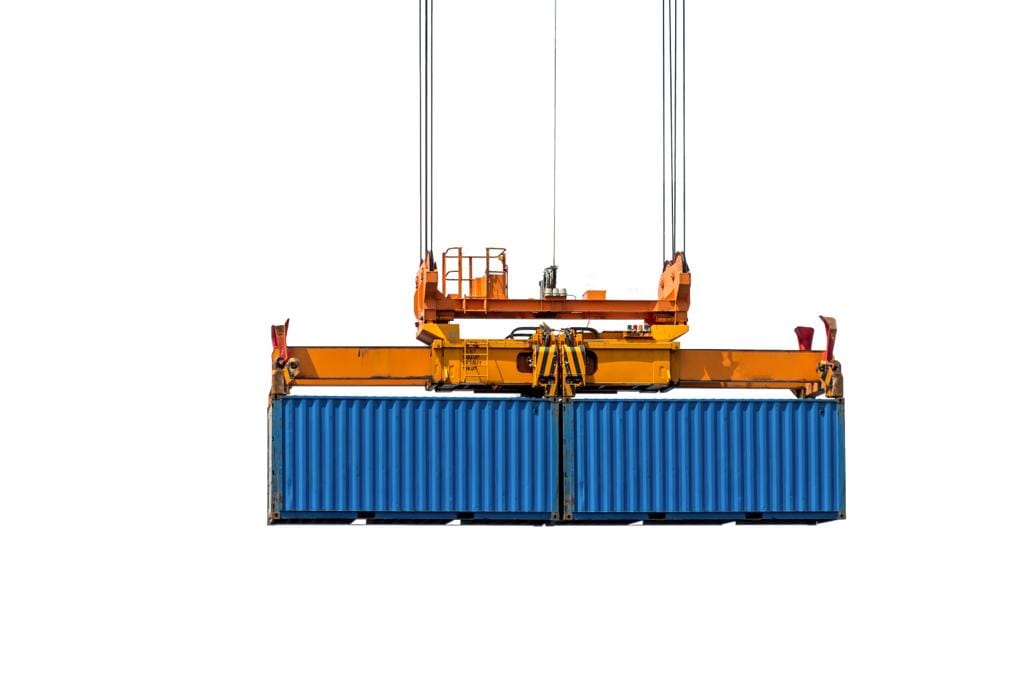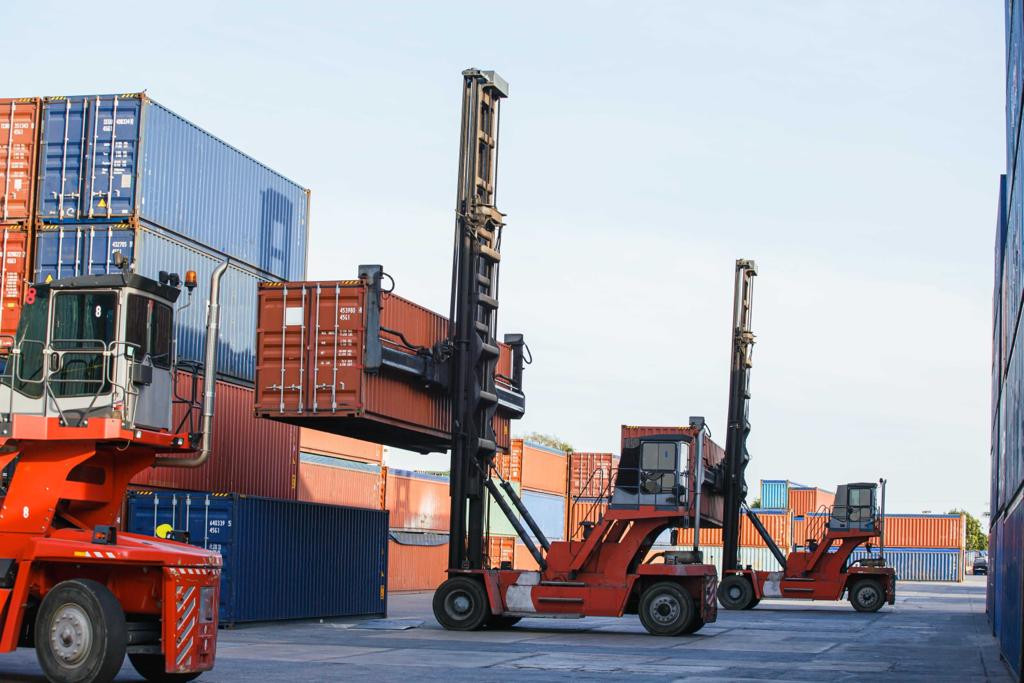
- 2022-06-26
Port sector requires innovation. Start with your port equipment!
Growing sea transport and climate change call for innovation
The world of transport by sea, inland waterways, and ports has experienced many innovations since trade literally gathered steam in the late 18th century. Instead of transportation by sailing ships, steam engines brought unprecedented improvements in delivery times through liner shipping.
From individual freight to standardization
Next, the so-called ro-ro ships entered the industry, enabling transportation of large equipment by driving it on and off the ship themselves. However, it wasn't until the 1950s that the steel shipping container was invented. Until then, goods were hoisted on board loose or in wooden crates.
With the standardization and ever-improved construction of steel containers, it became possible to transport more and more goods simultaneously (stacked containers) without damage. Sea transport became more efficient and economical, also thanks to the arrival of larger container cargo ships.
We discovered what other countries and cultures had to offer and had the opportunity to bring that to us. In addition, industries concentrated in one or a few specific places to produce more effectively and save costs. Virtually all goods are transportable by sea, making the possibilities unprecedented. Economies around the world benefited from ocean freight and still do.
Today, more than 7,000 cargo ships carry containers and large equipment to meet our trade needs.
From unrestrained growth to clever growth
As the world's population continues to increase and trade expands accordingly, there is also a growing awareness that water transport is damaging the environment. As a result, various measures have already been taken to reduce emissions through more innovative engines, better fuels, and more efficient shipping. Examples include using larger ships, sailing slower, automating logistics processes, and vessel sharing.
But we still have a long way to go. Research into new possibilities in technology, logistics, and infrastructure is necessary to reduce ocean freight's ecological footprint significantly. Renewable energy alternatives are at the forefront of this development. Think of wind energy, biofuel, hydrogen, and electric engines.
But innovation in the field of port equipment must also accelerate. For example, how can we use machines and equipment longer or manufacture them from recycled materials? Can we share equipment or reuse it in a different capacity?
Within the industry, we need to join forces. By this, we do not only mean the shipping lines or ports but the entire production chain, including other transportation methods, factories, and extraction of raw materials. It's about innovation from raw material to consumer.
Port equipment reuse, recycling and other applications
More efficient use of the port equipment that organizations already own or not discarding unused materials but giving them a second life are a few examples of methods to conserve the environment. Moreover, it will spare you a new financial investment or make you money.
The founders of Portneeds have seen and experienced first-hand that untold numbers and types of port equipment lie unused in port warehouses. Of course, this is a waste from a financial perspective, but by now, we have also realized that it is a waste of the raw materials used to manufacture this equipment.
There have not been many options to offer materials (on a worldwide scale) or buy (pre-owned or used) equipment specifically for the port industry. Now, there is.
On the Portneeds platform, you can offer unused port materials (cranes, spreaders, containers, parts, and vehicles) or buy from other providers. This saves on costs and is less harmful to the environment.
How does the Portneeds platform work?
On this page, you will find an explanation of our platform and discover how to start selling equipment online in 5 simple steps. Create an account today.
Do you have any questions about this article or our services? Please feel free to contact us.
 Login With Facebook
Login With Facebook Login With Google
Login With Google 